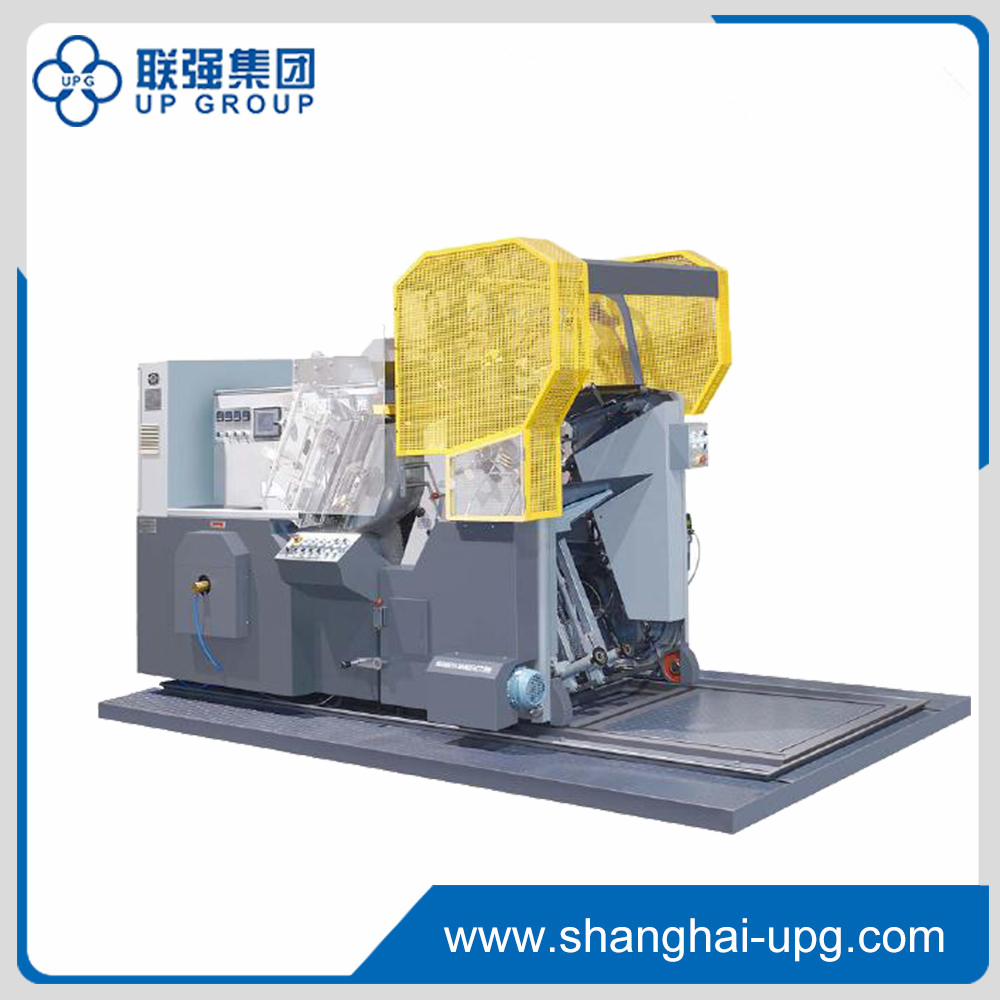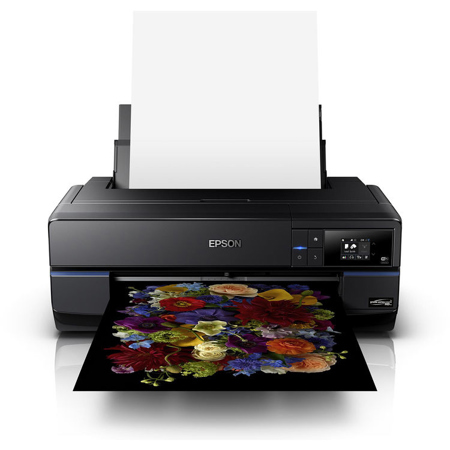Dark Star Inkjet Film; Ditto Inkjet Film Feeder; Tekmar. Spot Cleaning Fluid; Scorch Remover; Equipment; Kor-Chem. PC-175; Bio-1; ER-130; Hands Down; Chromaline; PMI Tape; K-Laser Foils; Ink Innovations; Vastex International; GM Graphics; AW Speciality Papers; Pre-Press & Reclaiming Chemicals; Inkjet Supplies & Films; Textile Inks. If you want to load multiple film sheets at one time look at the Ditto Film Feeder. Wide format printer models: First: You can not load sheet and roll media at the same time, you must remove the roll media On the front of printers such as the 4000, 4800, 4880 and 4900 there is a proper sheet media tray. Load all film sheets one at a time.
| Part of a series on the | ||||||||||||||||||||||||||||||||||||||||||||||||||||||
| History of printing | ||||||||||||||||||||||||||||||||||||||||||||||||||||||
|---|---|---|---|---|---|---|---|---|---|---|---|---|---|---|---|---|---|---|---|---|---|---|---|---|---|---|---|---|---|---|---|---|---|---|---|---|---|---|---|---|---|---|---|---|---|---|---|---|---|---|---|---|---|---|
|
A spirit duplicator (also referred to as a Rexograph or Ditto machine in North America, Banda machine or Roneo in the UK,[1] Australia, France and South Africa) is a printing method invented in 1923 by Wilhelm Ritzerfeld that was commonly used for much of the rest of the 20th century. The term 'spirit duplicator' refers to the alcohols that were a major component of the solvents used as 'inks' in these machines.[2][3][4] The device coexisted alongside the mimeograph.
Spirit duplicators were used mainly by schools, churches, clubs, and other small organizations, such as in the production of fanzines, because of the limited number of copies one could make from an original, along with the low cost (and corresponding low quality) of copying.
History[edit]

The spirit duplicator was invented in 1923 by Wilhelm Ritzerfeld. The best-known manufacturer in the United States and the world was Ditto Corporation of Illinois. Copiers in the United Kingdom were commonly manufactured by Associated Automation Ltd of Willesden, London NW10, a subsidiary company of the computer makers Elliott-Automation Ltd for the Block & Anderson company, under their 'Banda' brand. In both cases the trademark became a generic name for both the copiers and the process in their respective markets.
The faintly sweet aroma of pages fresh off the duplicator was a feature of school life in the spirit-duplicator era.[5]
Design[edit]
The duplicator uses two-ply 'spirit masters', also called 'master sheets'. The first sheet can be typed, drawn, or written upon. The second sheet is coated with a layer of wax that had been impregnated with one of a variety of colorants. The pressure of writing or typing on the first sheet transfers the colored wax from the second sheet to the shiny/coated back side of the first sheet, producing a mirror image. This produces the same result of a sheet of carbon paper put in backwards. The two sheets are then separated, and the first sheet is fastened onto the drum of the machine, with the back side facing out, acting as a printing plate.
There is no separate ink used in spirit duplication, as the wax transferred to the back side of the first sheet contains the ink. As the paper to be printed moves through the printer, the solvent is spread across each sheet by an absorbent wick. When the solvent-impregnated paper comes into contact with the back side of the first sheet, it dissolves just enough of the pigmented wax to print the image onto the paper as it goes under the printing drum. One master can produce 40 or so good copies; after that, the copies gradually become paler as the colored wax is used up.[6]
Colors[edit]
The usual wax color was aniline purple (mauve), a cheap, moderately durable pigment that provided good contrast, but masters were also manufactured in red, green, blue, black, and the hard-to-find orange, yellow, and brown. All except black reproduced in pastel shades: pink, mint, sky blue, and so on.
Spirit duplicators had the useful ability to print multiple colors in a single pass, which made them popular with cartoonists. Multi-colored designs could be made by swapping out the waxed second sheets; for instance, shading in only the red portion of an illustration while the top sheet was positioned over a red-waxed second sheet. This was possible, because the duplicating fluid was not ink, but a clear solvent.
The duplicating fluid typically consisted of a 50/50 mix of isopropanol and methanol, both of which were inexpensive, readily available in quantity, evaporated quickly, and would not wrinkle the paper.
In 1938,[7] a nonflammable solvent was invented by Johan Bjorksten to allow the possibility of using electrically driven machines without the concern of the flammability of pure methyl/ethyl alcohol. 'A composition composed of 10% of trichlorofluoromethane and 90% of a mixture of 50% methyl alcohol, 40% ethyl alcohol, 5% water and 5% of ethylene glycol mono-ethyl ether. This solvent mixture is non-flammable in the closed space of the reservoir and has a flash point of 100 °F when fully exposed to air. The solvent mixture has a pleasant odor, reduced toxicity and gives at least as good copies as the duplication liquid before the addition of the trichlorofluoromethane. It is believed that the high efficiency of trichlorofluoromethane as a flame reducing agent is due to the fact that its boiling point is sufficiently low as to cause the formation of a non-flammable vapor film on the surface of the organic solvent, with sufficiently high boiling point as to be substantially retained by the solvents even at high summer temperatures.'
Durability[edit]
Dittoed copies now pose a serious challenge to archivists responsible for historic document and artistic preservation. Dittoed images gradually fade with exposure to ultraviolet light, limiting their usability for permanent labels and signage. When exposed to direct sunlight ditto copies can fade to illegibility in less than a month. The low-quality paper often used would yellow and degrade due to residual acid in the untreated pulp. In the worst case, old copies can crumble into small particles when handled.
See also[edit]

Ditto Inkjet Film Feeder Refills
References[edit]
- ^'Museum of Applied Arts & Sciences: Roneo Ltd, England'.Quote: ‘... the name [Roneo] is still synonymous in the English language with the term “duplicator”.’
- ^Marchessault, R. H.; Skaar, Christen (1967). Surfaces and Coatings Related to Paper and Wood: A Symposium [Held at] State University College of Forestry at Syracuse University. Syracuse University Press. pp. 357–. GGKEY:ACJZY4RYG8S.
- ^Cole, David John; Browning, Eve; Schroeder, Fred E. H. (2003). Encyclopedia of Modern Everyday Inventions. Greenwood Publishing Group. pp. 84–. ISBN978-0-313-31345-5.
- ^Reyling, P. M. (1964). 'Duplicating Techinques'. Journal of Chemical Documentation. 4 (3): 144–146. doi:10.1021/c160014a005. ISSN0021-9576.
- ^Zorn, Eric (January 16, 2007). 'That ditto high is harder and harder to duplicate'. Change of Subject column. Chicago Tribune. Archived from the original on February 26, 2014. Retrieved September 6, 2013.
'[D]itto,' a word — and a smell — that snaps many of us right back to our youth.
- ^'The Banda machine for document duplication, mid 20th century'.
- ^U.S. 2,254,469, Bjorksten, Johan, 'Nonflammable Solvent', published September 2, 1941, assigned to Ditto, Incorporated

Further reading[edit]
Ditto Inkjet Film Feeder Manual
- Doss, Milburn Price, ed. (1955). Information Processing Equipment. New York.
- Herrmann, Irvin Albert (1956). Manual of Office Reproduction: Reproduction Processes, Systems Duplicating. Office Publishing Company.
Ditto Inkjet Film Feeder Box
